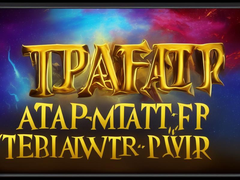
In analyzing the concept of HOTS (Higher Order Thinking Skills) in the context of short stories, it’s crucial to understand how these skills apply to literary analysis. HOTS encourages deeper engagement with the text, requiring readers to move beyond mere comprehension to evaluate, analyze, and create new ideas. This approach fosters a more profound understanding of the text and enhances critical thinking abilities.
Understanding HOTS in Literary Analysis
Higher Order Thinking Skills in the study of short stories involve various cognitive processes. Readers are not just expected to recall plot points but also to interpret themes, analyze character motivations, and evaluate the author’s techniques. This can include understanding underlying messages, assessing the impact of literary devices, and making connections to broader contexts.
Applying HOTS to Short Stories
When applying HOTS to short stories, readers should focus on several key aspects. Firstly, they should identify and discuss the themes and symbols within the story. Secondly, evaluating character development and the narrative structure helps in understanding how the story’s form contributes to its meaning. Finally, readers should consider how the author’s choices influence the overall impact of the story.
Benefits of HOTS in Short Story Analysis
The application of HOTS in analyzing short stories provides numerous benefits. It enhances critical thinking and analytical skills, allowing readers to appreciate literature more deeply. This approach encourages readers to engage with texts in a more meaningful way, promoting a richer and more comprehensive understanding of literary works.
In conclusion, integrating HOTS into short story analysis enriches the reader’s experience by fostering deeper engagement and critical evaluation of literary elements. This method not only improves comprehension but also cultivates a greater appreciation for the complexity and artistry of short stories.









